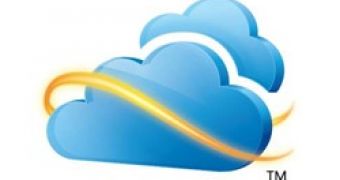While Live Mesh Beta has entered in its final month of life, with Microsoft planning to pull the plug on March 31st, 2011, the alternative offered by the company, Windows Live Mesh is simply thriving. Windows Live Mesh was born from the need to deliver a bit more coherence to the software giant’s Cloud synchronization service strategy with the Live Mesh and Sync properties overlapping in a way that did not exactly help customers.
Some aspects of Live Mesh survived by being integrated into Sync, which was rebranded as Windows Live Mesh.
Five months after it was introduced, Windows Live Mesh has convinced in excess of 3 million customers to connect over 5 million devices.
According to Dharmesh Mehta, Director, Windows Live Product Management, Windows Live Mesh now synchronizes more than 2.2 petabytes of content in the Cloud.
“Windows Live Mesh was released on September 30th, 2010 and joined SkyDrive, a service already used by 70 million customers, as a core component of Microsoft’s consumer cloud strategy,” Mehta explains.
“This marks an important moment in the steady transition to a world where people will use a blend of cloud services & PC-based apps together. As a company, we believe this trend will continue as people seek a personal balance in how they manage their data across multiple devices and services.”
Time and again the software giant has embraced a strategy it’s calling Software plus Services. A different approach involves Software as Service, which means that users are given a single option for all of their needs: the Cloud. Mehta notes that the company’s customers have expressed their option to run software locally while also connecting to the Cloud.
Windows Live Essentials, not just the Mesh component, is Microsoft’s way of enabling Windows users to get the best of both worlds.
But as far as Windows Live Cloud synchronization services go, customers still in Live Mesh Beta need to transition to Windows Live Mesh as soon as possible or at least grab their content from the Cloud and store it locally, as they risk losing it altogether at the end of this month.

 14 DAY TRIAL //
14 DAY TRIAL //